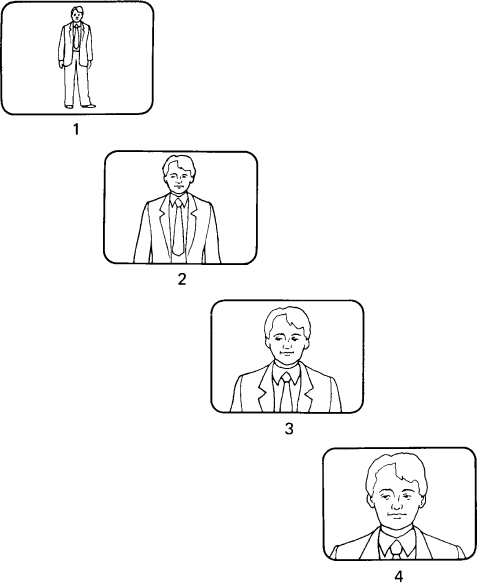Constructing a Package (2)
An understanding of the rudiments of film direction is a valuable asset to any reporter. This has not always been the case. When news items were short and uncomplicated it was scarcely necessary. But now that some reports qualify almost as miniature documentaries, the need has been created for better technique. Formal training is increasing, though not necessarily fast enough, and those still waiting should aim to learn all they can working alongside their colleagues in the camera crew.
The grammar of pictures
Despite the general simplicity of its approach, news filming tries to conform to accepted pictorial grammar. Audience understanding of technique has been stretched over the years by what has appeared on the big and small screen, but the conventions should not be broken unless they further enhance understanding.
In particular, do not expect to tell your story effectively through an assemblage of single, unrelated shots. Always think in sequences leading the viewer progressively towards the action: long-shot, mid-shot, close-shot.
Picture composition
Few professional camera crews will like it if you insist on looking through the viewfinder before every shot. But that should not stop your journalistic eye being kept open for good backgrounds which help tell the story, or for errors in picture composition which might have been overlooked in the haste of news gathering. Try not to let interviewees appear to sprout trees, lamp-posts or other objects from their head as they speak. Look out for spectators creeping into shot or other background goings-on while the crew are absorbed in their work.
Be aware of what is written on walls over interviewees’ shoulders or behind you during a stand-upper. It could be seriously offensive or inappropriate. Don’t be tempted to take risks because it’s in a foreign language. Someone will understand it, even if you don’t. The same goes for street signs and advertisements which could distract the viewer during your report. The safe rule is: if in doubt–find another wall.
Sound
Television is two-dimensional. With the picture goes the sound. ‘Natural’ sound –‘effects’ in this context–is often under-used by reporters who scarcely pause for breath, preferring to fill every available second with their own voice or those of interviewees.
Listen for any opportunity to make use of the natural sounds of life. They will give your work an extra quality. Some stories are simply better told by limiting the talk and letting the sound speak for itself.

Basic camera shots
Think in picture sequences, not unrelated single shots. Long shot (1) shows the whole of a human figure; medium shot (2) shows from the waist up; medium close-up (3) shows from the chest up; close-up (4) shows head and shoulders.
Package example
STORY: the installation of a new computer system aimed at easing traffic flow in a particularly busy part of Britain.
WORKING TITLE: COMPUTER TRAFFIC.
PROPOSED DURATION: 3 min 30 sec.
OUTLINE TREATMENT: find out the reason for the project, see those at work on it and ask for their opinion of its value; contrast the beauty and tranquillity of the surroundings with the subject–traffic noise and congestion.
INGREDIENTS: shots of traffic (recent archive material if necessary); computer being installed; monitoring equipment; building and grounds; interviews with project leader; piece to camera; electronic graphics; voice-over commentary.
INTRODUCTION: by Presenter in studio, with map to show location.
ORDER OF CONTENTS:
1.Voice-over commentary to accompany recent archive pictures of traffic congestion in area (planned duration 15 sec).
2.Piece-to-camera (stand-upper) in grounds explaining how a former stately home has become a centre for the planning of road-building and traffic control (planned duration 20 sec).
3.Voice-over commentary to cover exteriors of building (planned duration 25 sec).
4.Interview (one answer) with project leader (planned duration 30 sec).
5.Voice-over commentary to show other staff at work collating information (planned duration 20 sec).
6.Natural sound as computer operators monitor traffic flow on video screens (planned duration 25 sec).
7.Voice-over commentary showing reverse angle of computer operation (planned duration 10 sec).
8.Second part of interview with project leader (planning duration 30 sec).
9.Summarising voice-over commentary showing restored part of building (planned duration 15 sec).
10.Final piece-to-camera on bridge overlooking traffic (planned duration 25 sec).
